The publisher gratefully acknowledges the generous help of the Hershey Family Foundation in sponsoring the printing of this book.
 Let Go: A Buddhist Guide to Breaking Free of Habits is a book concerned with the transformation of compulsive habits and an exploration of how meditation can support this transformation. As a teacher of meditation for the past twenty years, I have met hundreds of people on courses and retreats, and most people, I have found, are drawn to the practice of Buddhist meditation because they feel blocked somehow or are suffering in some way, in some kind of pain. They hope that meditation will bring them stability and clarity, thus enabling them to deal better with their difficulties. In particular, I have been struck by how much people suffer from persistent habits of behavior that dominate their mental, physical, and emotional lives, and from which they feel powerless to escape. I have been greatly inspired by the changes people have made in understanding and transforming their habitual patterns through applying different kinds of Buddhist meditation.
Let Go: A Buddhist Guide to Breaking Free of Habits is a book concerned with the transformation of compulsive habits and an exploration of how meditation can support this transformation. As a teacher of meditation for the past twenty years, I have met hundreds of people on courses and retreats, and most people, I have found, are drawn to the practice of Buddhist meditation because they feel blocked somehow or are suffering in some way, in some kind of pain. They hope that meditation will bring them stability and clarity, thus enabling them to deal better with their difficulties. In particular, I have been struck by how much people suffer from persistent habits of behavior that dominate their mental, physical, and emotional lives, and from which they feel powerless to escape. I have been greatly inspired by the changes people have made in understanding and transforming their habitual patterns through applying different kinds of Buddhist meditation.
The meditations described in the book are drawn from different Buddhist traditions. I introduce the practice of mindfulness as a means to focus the mind in order to see clearly what is happening in each moment. This is complemented by the Zen practice of meditative questioning, which helps one understand more deeply what lies at the root of repetitive behavior and what triggers that behavior. Each chapter concludes with an exercise or a guided meditation as a tool for the reader to work with negative habits in a new and creative way.
I start this book by looking at how patterns of behavior emerge through learning and repetition. For example, fear, an emotional pattern that affects us all, can have both positive and negative effects. It ranges from a healthy survival mechanism to a blind reaction that can distort the reality of the situation we face. This leads me to ask: Which are the patterns that we need to change and which are not? And, if they need to be changed, how might we accomplish that? I explain the crucial role meditation has played in transforming some of my own negative and painful habits.
I present meditation as a positive and constructive pattern that has the power to transform our painful habits. One key element of Buddhist meditation is concentration, which helps calm the mind, thereby lessening the power of blind reactivity. Another essential element is inquiry. This helps illuminate the changing nature of experience, thereby unlocking the rigidity that so often results from compulsive habits. When practiced together, concentration and inquiry merge into a nonjudgmental awareness, which enables us to start looking at ourselves and our world in a different way.
By bringing the power of such awareness to our experience, we may discover that grasping underlies all negative habits. I point out the dangers of positive graspingas when we strongly desire somethingand negative graspingas when we are filled with hatred and rejection. In reducing us to what we desire or hate, both forms of grasping limit the possibility of our responding creatively and freely to the situation. Meditation enables us to experience how grasping happens when the senses are stimulated. By listening in a meditative manner, for example, we can learn to hear even unpleasant sounds in a calm and expansive way. Thus listening can be a point of entry either for negative grasping (I cannot stand this noise) or for freedom from grasping (I can creatively engage with this noise).
Mental habits have a tendency to be repetitive, making us feel flat and two-dimensional. In this book, I look at a few such habits, like daydreaming and judging, in detail. I also explore the types of inner language we use to describe our experience to ourselves and how it can influence our experience. Awareness helps us to recognize how our habitual patterns of thought have a profound influence on the way we feel. Such habits shape our personality and lock us into fixed forms of behavior. By using questioning meditation we can create a new relationship to our thoughts and thus begin to change the way we think and, subsequently, behave. I look at how Dr. Jeffrey Schwartz used meditation to create a new way to deal with Obsessive-Compulsive Disorder (OCD). I also point out that there seem to be three levels to our mental habits, which I call intense, habitual, and lightand I propose three separate meditative techniques to deal with these different levels of patterning.
The moment at which a feeling of pleasure or pain begins to turn into a disturbing emotion is the point at which meditative awareness can be most effective. For example, a simple feeling of sadness can easily spiral into a dark and painful emotional state in which we get lost in the Poor Me syndrome, convincing ourselves that we are unloved and alone in the world. I explore frequently experienced emotional habits associated with anger, depression, boredom, loneliness, and anxiety. I introduce a practice of meditation on feeling-tone (i.e., pleasure, pain, and indifference) as a powerful tool to help us experience our feelings more directly, accept them for what they are, and work with them in such a way that they do not develop into disturbing emotions. I also present the work of John Teasdale, Mark Williams, and Zindel Segal who developed a method called Mindfulness-Based Cognitive Therapy (MBCT) for prevention of relapse in depression.

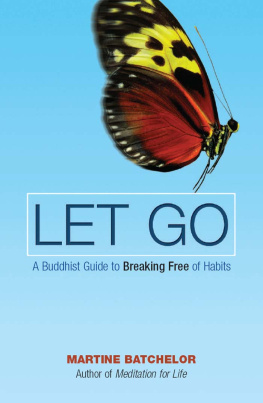
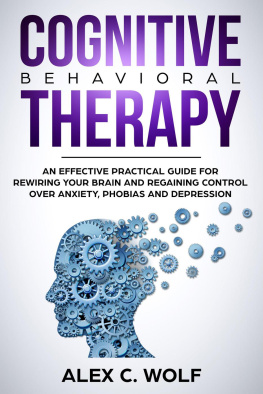

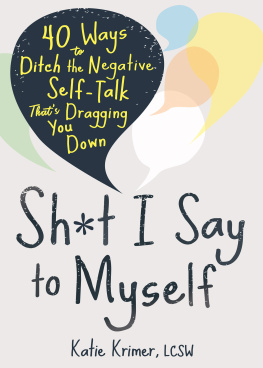
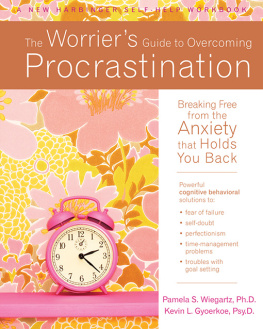
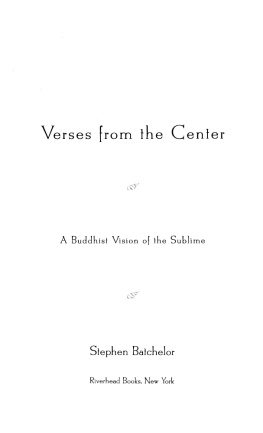
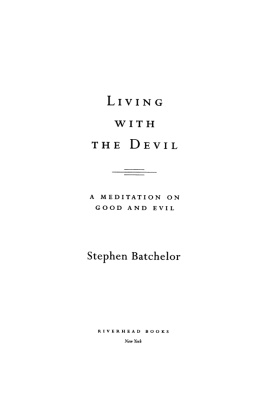


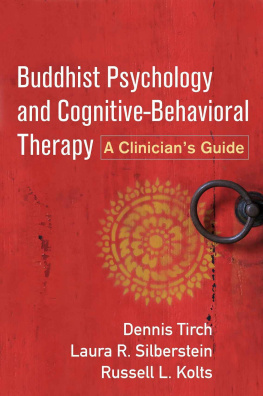



 This book was produced with Environmental Mindfulness. We have elected to print this title on 30% PCW recycled paper. As a result, we have saved the following resources: 11 trees, 8 million BTUs of energy, 991 lbs. of greenhouse gases, 4,113 gallons of water, and 528 lbs. of solid waste. For more information, please visit our website, www.wisdompubs.org . This paper is also FSC certified. For more information, please visit www.fscus.org .
This book was produced with Environmental Mindfulness. We have elected to print this title on 30% PCW recycled paper. As a result, we have saved the following resources: 11 trees, 8 million BTUs of energy, 991 lbs. of greenhouse gases, 4,113 gallons of water, and 528 lbs. of solid waste. For more information, please visit our website, www.wisdompubs.org . This paper is also FSC certified. For more information, please visit www.fscus.org . Let Go: A Buddhist Guide to Breaking Free of Habits is a book concerned with the transformation of compulsive habits and an exploration of how meditation can support this transformation. As a teacher of meditation for the past twenty years, I have met hundreds of people on courses and retreats, and most people, I have found, are drawn to the practice of Buddhist meditation because they feel blocked somehow or are suffering in some way, in some kind of pain. They hope that meditation will bring them stability and clarity, thus enabling them to deal better with their difficulties. In particular, I have been struck by how much people suffer from persistent habits of behavior that dominate their mental, physical, and emotional lives, and from which they feel powerless to escape. I have been greatly inspired by the changes people have made in understanding and transforming their habitual patterns through applying different kinds of Buddhist meditation.
Let Go: A Buddhist Guide to Breaking Free of Habits is a book concerned with the transformation of compulsive habits and an exploration of how meditation can support this transformation. As a teacher of meditation for the past twenty years, I have met hundreds of people on courses and retreats, and most people, I have found, are drawn to the practice of Buddhist meditation because they feel blocked somehow or are suffering in some way, in some kind of pain. They hope that meditation will bring them stability and clarity, thus enabling them to deal better with their difficulties. In particular, I have been struck by how much people suffer from persistent habits of behavior that dominate their mental, physical, and emotional lives, and from which they feel powerless to escape. I have been greatly inspired by the changes people have made in understanding and transforming their habitual patterns through applying different kinds of Buddhist meditation.